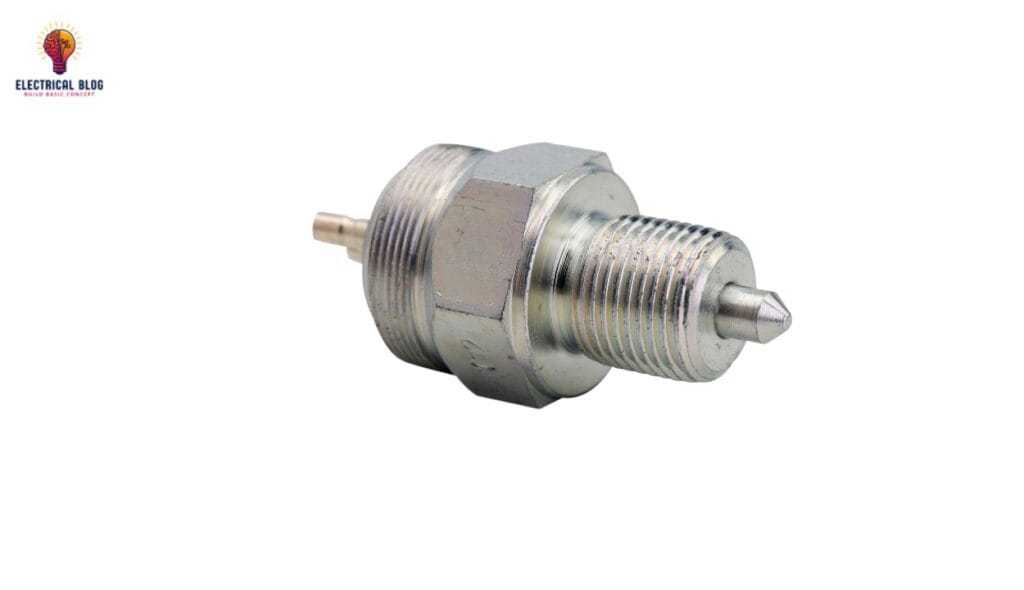Introduction
The relation between the two lies in how they affect waves. Wavelength refers to the distance between two wave crests or troughs, while frequency tells us how many vibrations occur in a second. These two features are connected through a link—the speed of a wave is determined by multiplying wavelength by frequency, giving the wave’s speed in units like Hz or Hertz. In this article, we will learn about the difference between wavelength and frequency.
To understand the properties of waves, we must first define the basic terms involved. The Frequency Formula and Wavelength Formula help measure these two elements accurately. The frequency of a wave can be measured in cycles per second, or Hz, while the wavelength gives us the distance between repeating points on a wave. As the wavelength increases, the frequency generally decreases, and vice versa. By grasping this connection, we can dive deeper into the details of how these wave features influence each other.
What is the wavelength (λ)?
Wavelength is the distance between two points that are in phase with each other on a wave. It can be measured from peak to peak or trough to trough. The symbol for wavelength is λ, and it represents the space between consecutive peaks or troughs in a wave. You can also read power factor.
Wavelength Definition
Wavelength refers to the distance between two crests or troughs in a wave. The crest is the highest point, and the trough is the lowest point of the wave. It is typically measured in units such as meters, millimeters, centimeters, or even nanometers. You can also read difference between AC and DC voltage.
Wavelength formula
λ = v/f

What is frequency (f)?
Frequency refers to the number of waves vibrating in a unit of time, usually measured in Hertz (Hz). Humans can hear frequencies ranging from 20 Hz to 20,000 Hz, with anything above being called ultrasound and anything below being called infrasound. The range of human hearing is crucial in defining the types of sound we perceive, where ultrasound and infrasound are beyond this range. You can also read difference between conduction and induction.
Frequency Definition
Frequency is the number of waves or oscillations a wave makes in a second at a fixed point. It is measured over a unit of time.
Frequency formula
f = 1/T

Relation between frequency and wavelength
The relationship between frequency and wavelength is simple yet crucial. As the frequency of a wave increases, the wavelength becomes shorter. This is because the number of oscillations per unit of time affects the distance between the wave’s crests, commonly represented by λ.
The wave speed (v) is determined by the product of frequency and wavelength. It can be expressed as v = f λ, where f is the frequency and λ is the wavelength. This relationship helps us understand how the speed of a wave is tied to both its frequency and wavelength.
Each period (T) is related to frequency by the equation T = 1 / f, showing how the number of oscillations in a given time is inversely proportional to the period. So, as frequency increases, the period decreases, and vice versa. This interconnection defines the wave’s behavior.
Key Differences between Wavelength and Frequency
| Point | Wavelength | Frequency |
|---|---|---|
| Definition | Total distance covered to complete one wave | Number of complete cycles of a wave per second |
| Symbol | Denoted by λ | Denoted by f |
| Unit | Measured in meters (m) | Measured in Hertz (Hz) |
| Formula | λ = c / f | f = c / λ |
| Use | Measures the length of sound waves | Measures the recurrence or rate of sound waves |
| Relation | Wavelength is inversely proportional to frequency | Frequency is inversely proportional to wavelength |
| Limitations | Limited to a wave | Can be calculated for both waves and vibrations |
Conclusion
The difference between wavelength and frequency lies in their definitions, measurements, and relationships. Wavelength refers to the distance covered by a wave to complete one cycle, while frequency measures how many cycles a wave completes in a given time. These two properties are inversely related, where an increase in frequency leads to a decrease in wavelength, and vice versa.
Understanding their formulas, λ = c / f for wavelength and f = c / λ for frequency, helps clarify the connection between the two. Both concepts play a significant role in wave motion, sound, and light, with wavelength mainly concerned with the length of sound waves and frequency focusing on the rate of wave oscillations.



